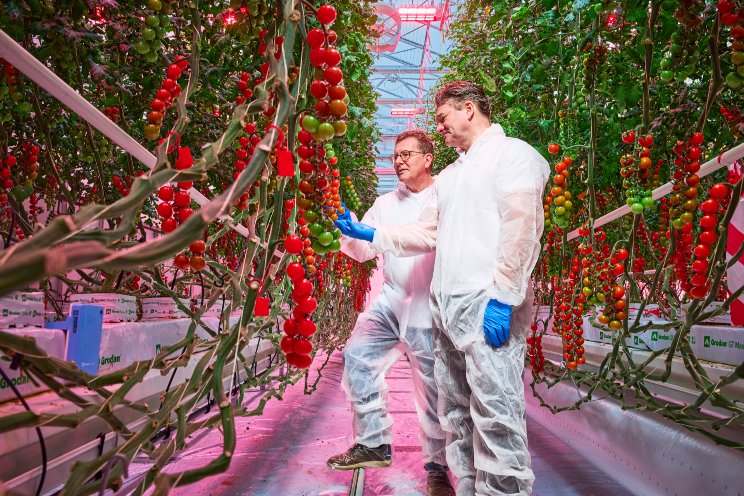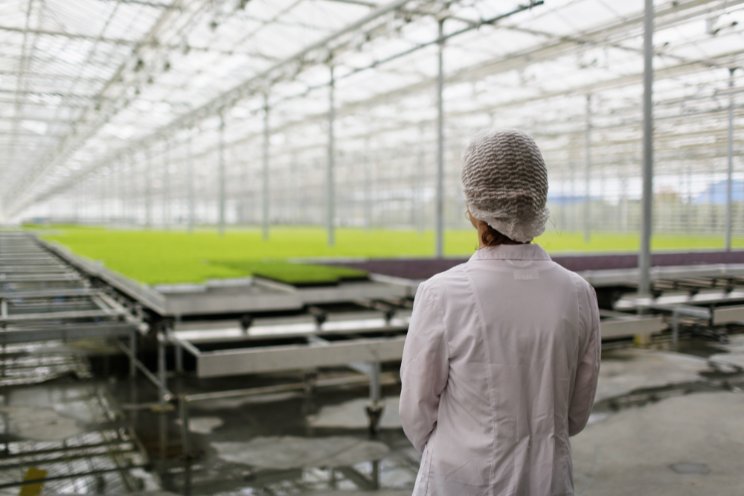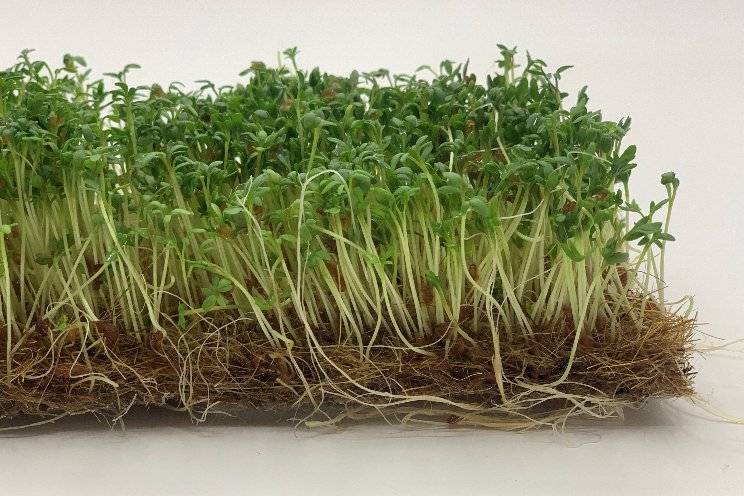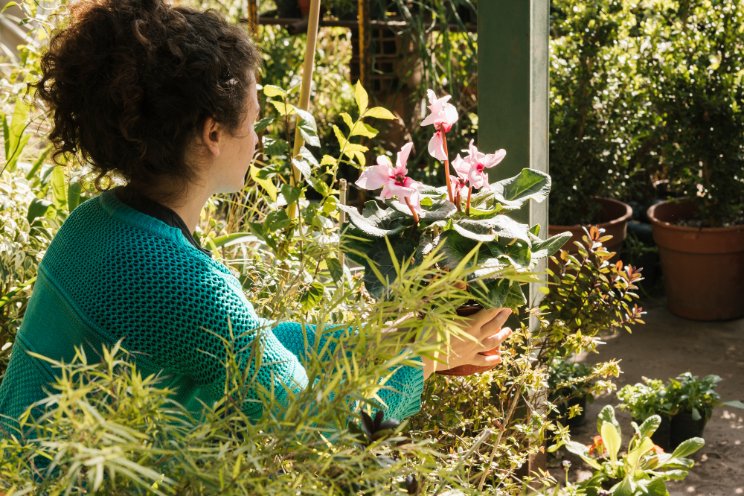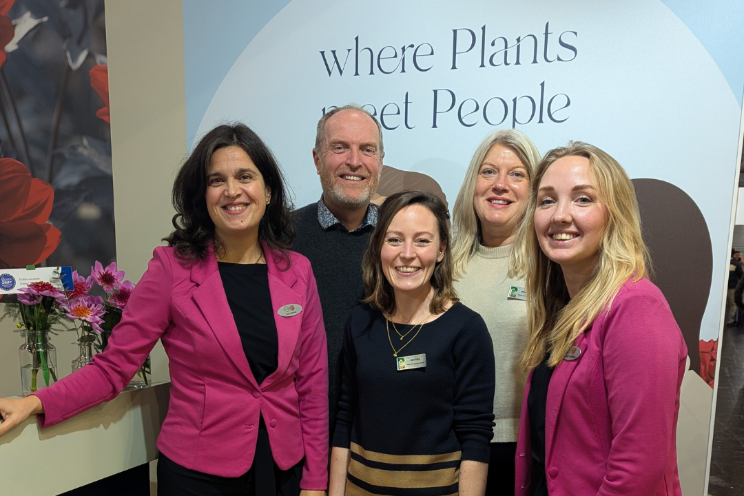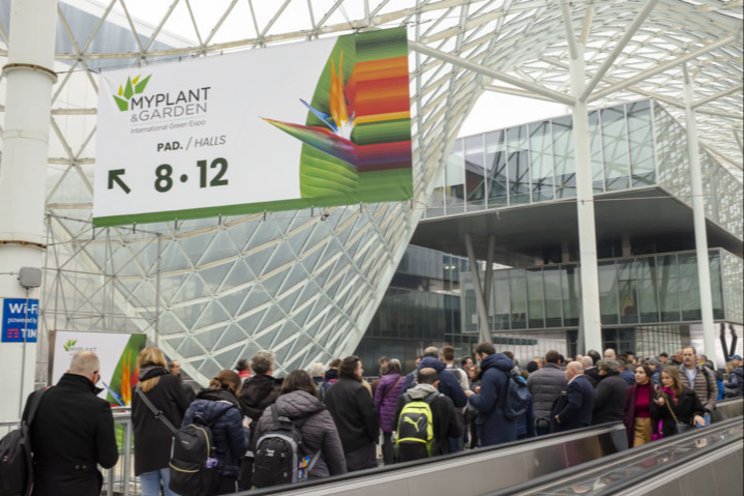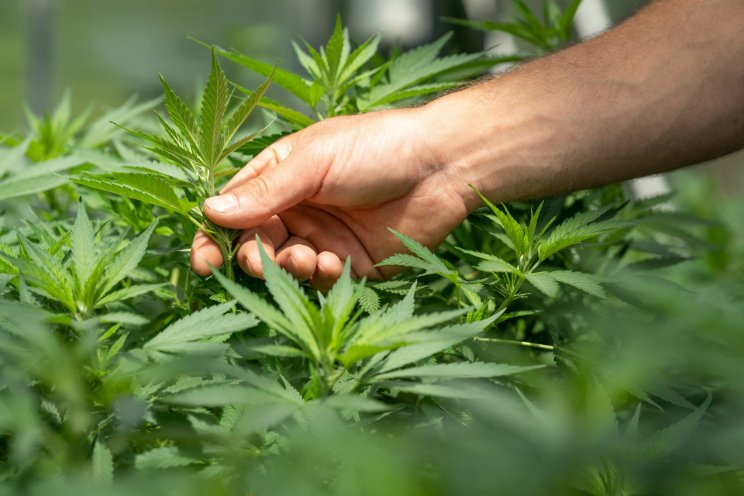Syngenta's ToBRFV-resistant rootstock trials underway
Added on 07 March 2024

″For growers, rootstock can help them take advantage of resistance to soil borne diseases and the capacity to assure stronger plant performances,″ said Stephane Le Caro, Syngenta Vegetable Seeds Portfolio Lead for Indeterminant Tomato, Passive Greenhouse. ″This includes better tolerance to stresses like extreme temperature and water deficiency. Altogether, it means higher yield potential and longer production cycle.″
Since Tomato Brown Rugose Fruit Virus (ToBRFV) emerged in 2015, Syngenta researchers have worked diligently to find resistance solutions in tomato. These solutions include ongoing research into rootstock with resistance to ToBRFV, with multiple trials of four unique rootstocks in 2024.
ToBRFV Rootstock in Trials
Using a grafted rootstock with a strategic, tested scion (the top part of the plant attached to the rootstock) can lead to access to desirable traits more quickly than traditional breeding alone. The rootstock can provide soil defenses, superior vigor and tolerance to stresses, while the scion offers its own agronomic performances, other defenses against leaf diseases. Each part plays an important role in setting yield and quality potential throughout the season.
″We are studying ToBRFV resistance in rootstock programs and their association with our scions also resistant to ToBRFV, but we know that isn’t the only disease growers need defense against,″ Le Caro said. ″The four rootstock types we have in trial also include resistance to Verticilium, nematodes, Corky root, several races of tomato mosaic virus, and several fusarium species for well-rounded resistances.″
These four have the same resistance mechanism as the ToBRFV-resistant scions Syngenta offers today, this is why Syngenta experts recommend using them together to assure the best compatibility from grafting in the nursery.
Whether tomatoes are ungrafted or grafted with rootstock, Syngenta breeders diligently test and trial each new product before it comes to market. These trials create consistency for growers who are looking for solutions to the most devastating diseases in tomato and the highest crop performances
More about Rootstock
Rootstock is used anywhere tomato is grown, particularly those who prefer longer cultivation cycles or adding power to their plants. It’s well suited for both passive and active greenhouse (mid-tech and high-tech) settings. Growers who use rootstock need to work closely with experts to match the right rootstock to the right scion and adapt their growing techniques for best results.
Altogether, rootstock and grafting can provide considerable advantages including:
• Higher abiotic stress tolerance.
• Better resistance to soil-borne diseases.
• Extended crop cycles.
• Potential for higher yields.
• Maintain product quality throughout the season.
• Faster access to innovations than traditional breeding.
Grafting-the use of rootstock and scion-gives growers the advantages of two varieties in a single plant. Learn more about Syngenta’s rootstock on the market today, and signup for updates to learn when ToBRFV-resistant rootstock trials are complete.
Source: Syngenta Vegetable Seeds
Image by wirestock on Freepik
More news
